2018 Toyota C-HR Vs 2017 Honda HR-V Comparison

Toyota was really late to the game with a subcompact crossover and jealous that its arch nemesis Honda has its HR-V, it recently came out with the sharp-looking C-HR, which was supposed to be a Scion.
And everyone knows the Toyota-Honda rivalry is as natural as pie versus cake, so of course we had to compare them to see which one is the better subcompact crossover.
Style
Right away, the Toyota wins in the style department. I appreciate the way it looks — it’s funky and different without being too weird. (I also love the Nissan Juke, though, so maybe my tastes are questionable.) The HR-V, on the other hand, simply looks like like a bean — it’s quite dorky and can easily be mistaken for any other subcompact crossover. It’s just very generic, so I give Toyota mad points for standing out and doing something different.
Get the Flash Player to see this player.
Practicality
The Toyota looks much better, but practicality takes a huge hit because of that style, and the Honda ends up having way more cargo capacity and better sightlines, and that practicality is something a lot of people want.
While the HR-V has 23.2 cubic feet (657 L) of space in the trunk that balloons to 55.9 cu-ft (1,583 L) with the seats folded flat, the Toyota comes nowhere close with just 19 cu-ft (538 L) in the trunk and 36.4 cu-ft (1,030 L) with the seats down. If you need more space to haul things, the HR-V is undoubtedly the smarter pick, especially because it has the Magic Seats in the rear, which allow the seat cushion to flip upwards, making it easier to carry taller items. These seats are the best and I wish every car had them.
ALSO SEE: 2017 Honda CR-V vs Toyota RAV4
Although the sightlines in the Honda aren’t great, by comparison, you’re basically blind to anything behind your shoulders in the Toyota. The C-HR’s sloped roofline and small windows look pretty cool, but they really make it difficult to see out of and park, especially because of the silly backup camera in the rear-view mirror. It’s really jarring to use, is too small, and isn’t as useful as drivers need it to be, especially because of the huge blind spots. But both cars are so small, it should be a huge problem when trying to park.
Compare Specs
| Vehicle | 2018 Toyota C-HR | Advantage | 2017 Honda HR-V |
|---|---|---|---|
| Engine | 2.0L 4-cyl | - | 1.8L 4-cyl |
| Horsepower | 144 | Toyota | 141 |
| Torque | 139 | Toyota | 127 |
| Transmission | CVT | - | CVT |
| Cargo Capacity (cu-ft) | 19/36.4 | Honda | 23.3/55.9 |
| Cargo Capacity (L) | 538/1,030 | Honda | 657/1,583 |
| US Fuel Economy (MPG) | 27 city/31 hwy/29 combined | - | 27 city/31 hwy/29 combined |
| CAN Fuel Economy (L/100 km) | 8.7 city/7.5 hwy/8.2 combined | - | 8.9 city/7.5 hwy/8.2 combined |
| US Starting Price | $22500 | Honda | $19465 |
| CAN Starting Price | $26475 | Honda | $23047 |
| US As-Tested Price | $25310 | Toyota | $26180 |
| CAN As-Tested Price | $28973 | Toyota | $32347 |
The Drive
The Toyota C-HR is powered by a 2.0-liter four-cylinder engine with 144 horsepower and 139 pound-feet of torque. I was very surprised by how the Toyota drives: It feels zippy and legitimately fun. The steering also doesn’t suffer from being overly light and vague like most other cars in this segment. Most impressive is the suspension, which isn’t at all sloppy in the corners and also isn’t too uncomfortably stiff. The C-HR also feels like it has a lower center of gravity and a wide stance, resulting in a nimble car that feels good in corners and stable at higher speeds. The only downside is that the Toyota is front-wheel drive only, meaning all-wheel drive isn’t even an option, which might take it out of the running for some folks, but I don’t think it’s a deal breaker.
If there’s one word that can describe the Honda’s drive, though, it’s basic. It gets you where you need to go, but there’s nothing fun about it, and at times, it’s actually kind of depressing because it’s trying so hard under full acceleration and it sounds like it’s screaming at you, but it’s not actually going anywhere.
There’s nothing special about how the HRV drives. The steering is vague, the suspension is comfortable, but a bit too soft to have any fun and it just doesn’t feel as nimble as the Toyota, although it is easy to drive and park, which is what really matters to a lot of people shopping this segment.
The HR-V is powered by a smaller 1.8L engine with 141 hp and 127 lb-ft of torque, both figures that are less than the Toyota by a little bit. One big bonus for a lot of people is that they can pick either front wheel or all-wheel drive with the Honda. Interestingly, fuel economy for both cars is a draw at about 29 mpg (8.2 L/100 km) combined.
Interior
Inside, both cars are pretty basic yet not oppressively cheap and the layouts for both are clean and user-friendly. Neither cars have Apple CarPlay or Android Auto, which sucks because both of the infotainment systems are pretty terrible. Both are slow, look old and aren’t very functional, but at least you can get navigation in the Honda, even if it doesn’t work that well. Nav isn’t even an option in the Toyota, so you’ll have to get a phone mount. Honda’s touchscreen is also easier to use because it has home and menu options, but neither of them is very user-friendly.
The Toyota only has two trims, so it comes really well equipped with standard features like automatic high beams, lane departure warning, lane-keep assist, full speed adaptive cruise control that works in traffic and can bring you to a full stop, crash avoidance with pedestrian detection and automatic emergency braking. Rear-cross traffic alert, blind spot monitoring, heated seats, push-button start and power folding mirrors come with the higher trim package.
This top trim Honda, which is more expensive than the Toyota, is majorly lacking when it comes to active safety features. It basically comes with none of those driver assistance and safety features the Toyota does except for lane-keep assist and collision mitigation, and that’s a huge knock against it.
The Verdict: 2018 Toyota C-HR vs 2017 Honda HR-V Comparison
I was surprised by the outcome of this comparison. I thought for sure the Honda HR-V’s practicality would steal the show, but the Toyota brings a much more impressive list of features, far better driving dynamics, and more style to this very boring segment all while being more affordable at the top end. If it were my money on the line, I’d definitely be OK with sacrificing some practicality and going for the Toyota.
Toyota C-HR, Honda HR-V
LOVE IT
- Unique style
- Zippy driving dynamics
- Plenty of standard features
- Tons of cargo capacity
- More practical
- Magic seats
LEAVE IT
- Lacks cargo room
- Poor infotainment system
- Boring to look at
- Boring to drive

Jodi has been obsessed with cars since she was little and has been an automotive journalist for the past 12 years. She has a Bachelor of Journalism from Ryerson University in Toronto, is a member of the Automobile Journalists Association of Canada (AJAC), and a jury member for the prestigious North American Car/Truck/Utility Vehicle of the Year (NACTOY). Besides hosting videos, and writing news, reviews and features, Jodi is the Editor-in-Chief of AutoGuide.com and takes care of the site's day-to-day operations.
More by Jodi Lai



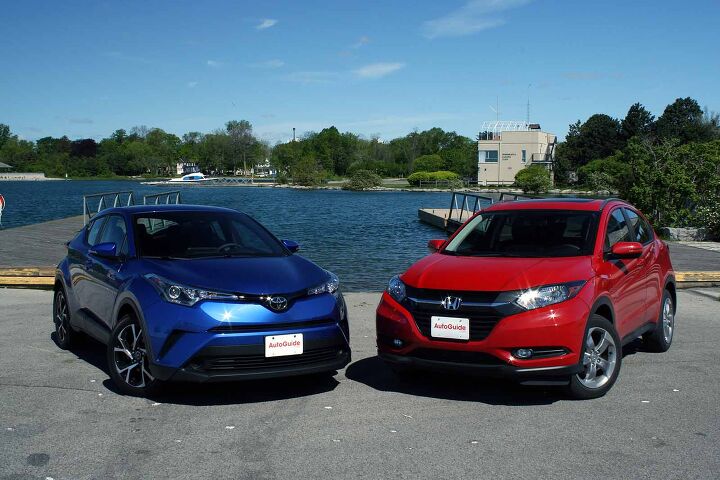
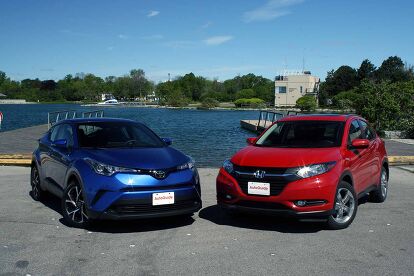























































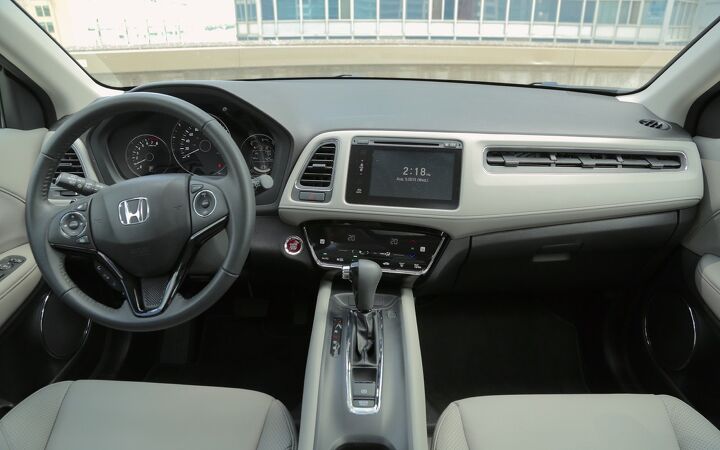















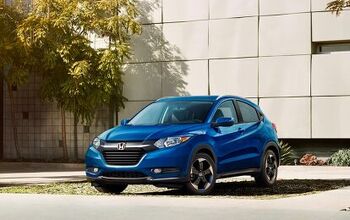

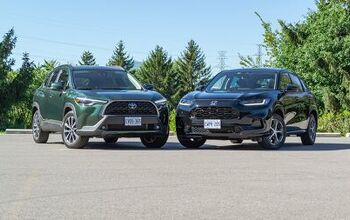
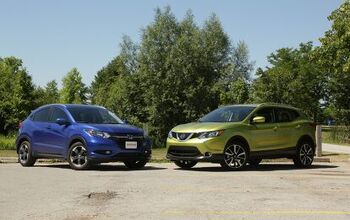


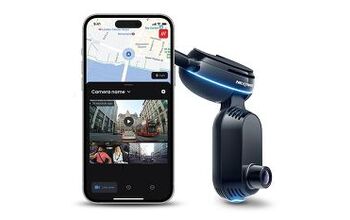
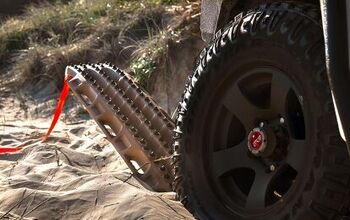

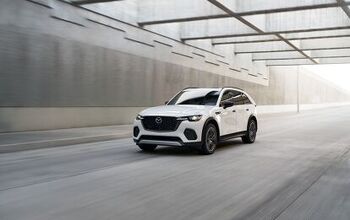

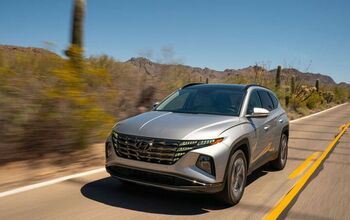
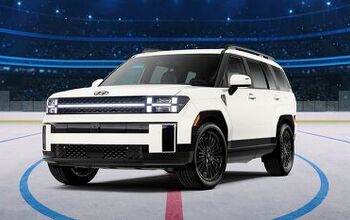
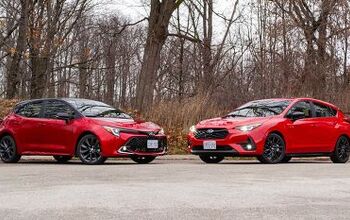
Comments
Join the conversation
HI! Here's a female's sales rep's review of the 2016 HRV. 1) I've over 40. 2) Raised by a car lover and married to a car lover so aware of things like torque, towing power and F1 car races. I've owned several Honda's and Chevy's but am loyal to the Honda durability. Yes, the HR-V is boring but I LOVE mine. Why.. 1) I live in Vancouver BC and I can park anywhere 2) It has all the same toys as friends much more expensive small SUV's (except for opening the tail-gate with my toe) and much better, useable camera's 3) I travel for work and use the GPS a lot. It is great for storing clients locations in several cities and very reliable (just needs a road update) 4) It's shorter height means I can easily get in and out even when wearing heels or skirts AND my folks with tired knees love it 5) It is the most comfortable car of all of our friends (under $60K) to fit four adults easily and with knee space in the back 5) The storage is fabulous!!! With the back seats folded up it holds more than my CR-V's did. 6) It sync's perfectly via Bluetooth to my iPhone so I can talk with clients, listen to emails & texts, and dictate emails, texts etc, listen to music & podcasts...All Handsfree! 7) Within 6 hours driving of Vancouver we have some very mountainous roads (Coquihalla/Kootenay's sound familiar?). This HR-V performs just fine on them with the small motor. Yes, it really sounds like a small sewing maching peddling madly to keep up BUT I still have to use the cruise control to prevent getting speeding tickets. (I needed that on my Camaro!) YES, I really would like a bigger motor. Perhaps a turbo? But I'll be keeping my HR-V, Thank you!
The honda has more room, better infotainment system, AWD, better visibility this is a no brainer this is why people buy these vehicles not because there boring to look at or boring to drive!!